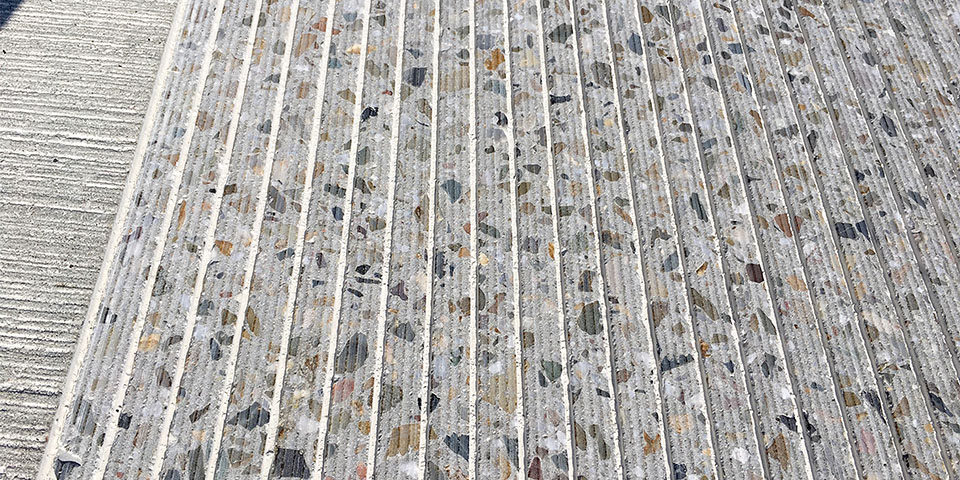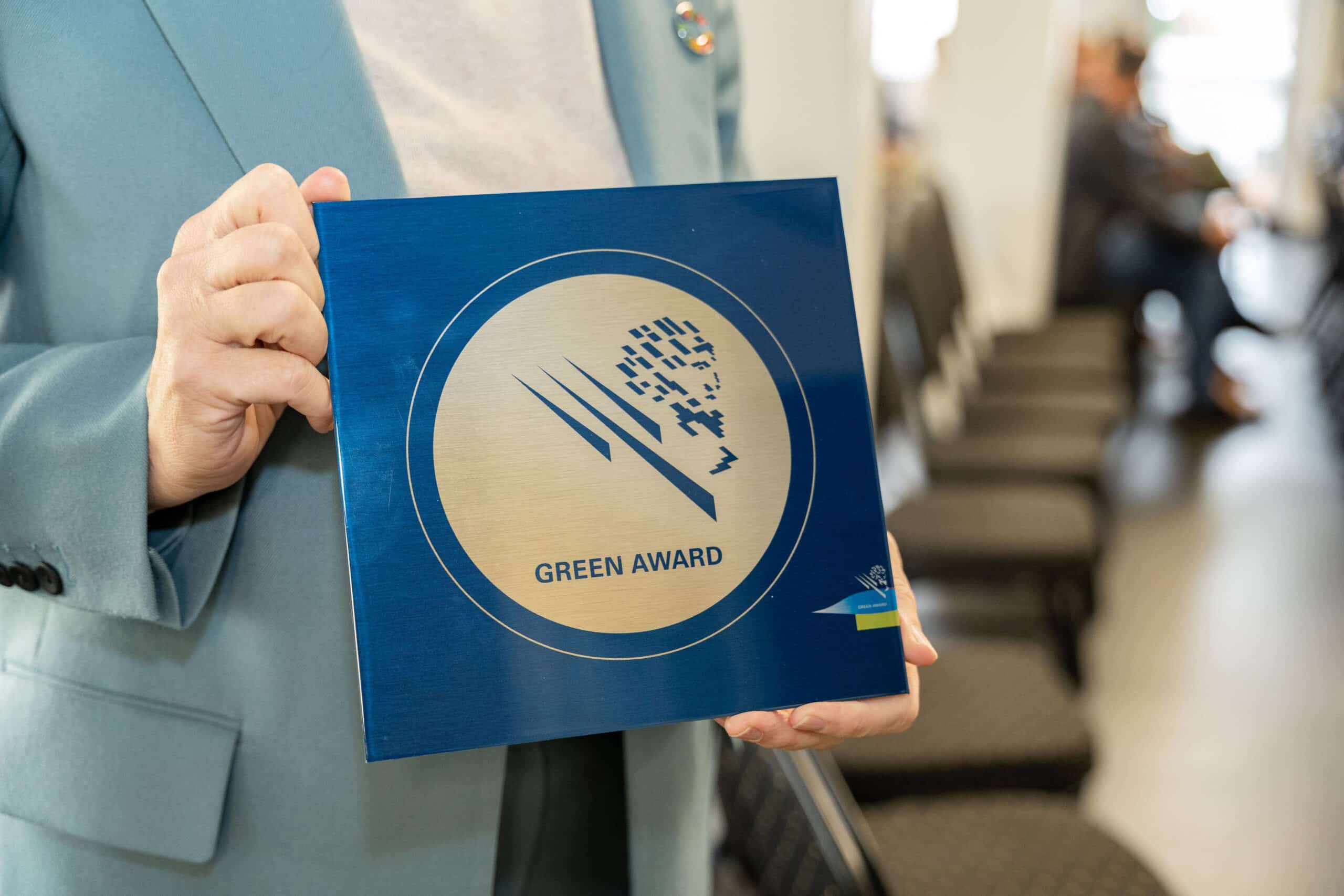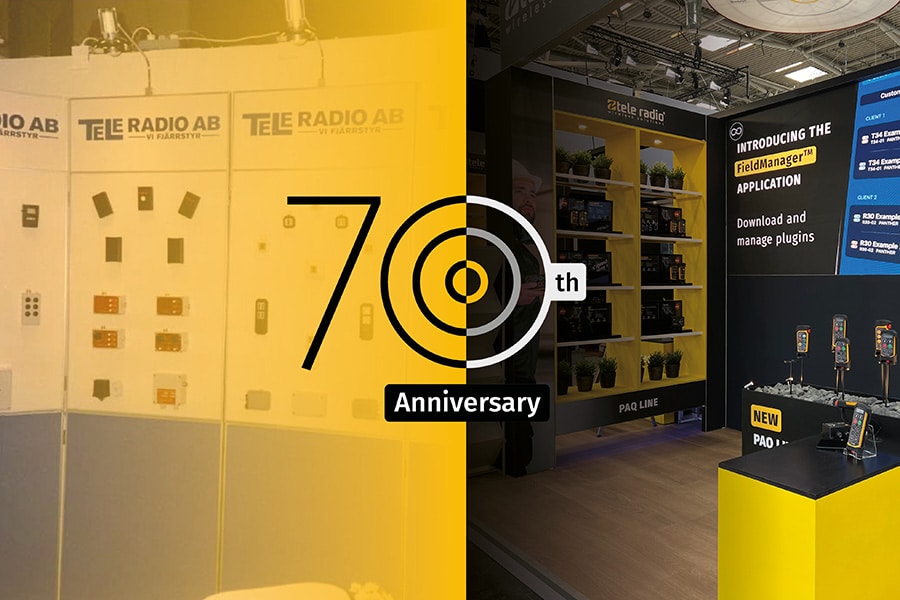
2 to 3 dB(A) less noise with grooves in concrete roadway
When a concrete road surface, finished with a broom stroke, is provided with deep and shallow grooves, the noise level is 2 to 3 dB(A) below the noise level of a road surface with (finely) brushed concrete. This is evident from a study in Goirle.
In 2017, the Turnhoutsebaan was renewed over 468 meters on behalf of the municipality of Goirle. The existing asphalt pavement was removed and replaced with a new concrete pavement that was finished with a fine sweep. However, residents experienced more noise pollution than with the old pavement. To return to 2016 noise levels, Robuco was asked to modify the texture of the road surface through grooving and grinding.
Next Generation Concrete Surface
A road surface type treated in this way is known as Next Generation Concrete Surface (NGCS). This involves a negative texture being ground into the surface, each with one coarse deep longitudinal groove and four fine shallow longitudinal grooves. The coarse grooves are approximately 18 mm apart and 4 mm deep. The four shallow grooves lie between the coarse grooves and are 1.5 mm deep.

The road surface after grooving and grinding.
Two ways of measuring noise
In order to test whether this technique works sufficiently well to reduce noise, a test section with a length of 50 m was laid out on the Turnhoutsebaan. The Measurements and Research Team of the Omgevingsdienst Midden-West Brabant (OMWB) then carried out noise measurements and compared them with the beamed concrete and dense asphalt concrete. The noise was measured in two ways: via a CPX measurement and via an SPB measurement. In a CPX measurement, a trailer is driven over the road surface where the rolling sound is measured. In the SPB measurement, vehicles from existing traffic are measured from a fixed position along the road and the maximum noise level and vehicle speed are recorded.
Air escapes through the grooves
These measurements showed that the NGCS test section produced about 2 to 3 dB(A) less noise than a road surface with the untreated encrusted concrete. The noise reduction was sufficient after which the rest of the new pavement was also addressed. According to Pascal Buys of Robuco, the grooves absorb the noise produced by the escape of air between road surface and tire during driving. The deep grooves mainly absorb the high tones that are perceived as most disturbing.
Lasting benefit of graveled concrete
Furthermore, OMWB notes that the new situation has a permanent advantage over the asphalt, even taking into account increased traffic intensity due to traffic growth. In 2017, due to the grained concrete, the noise levels at the homes will be about 2 dB lower than the 2016 situation.



